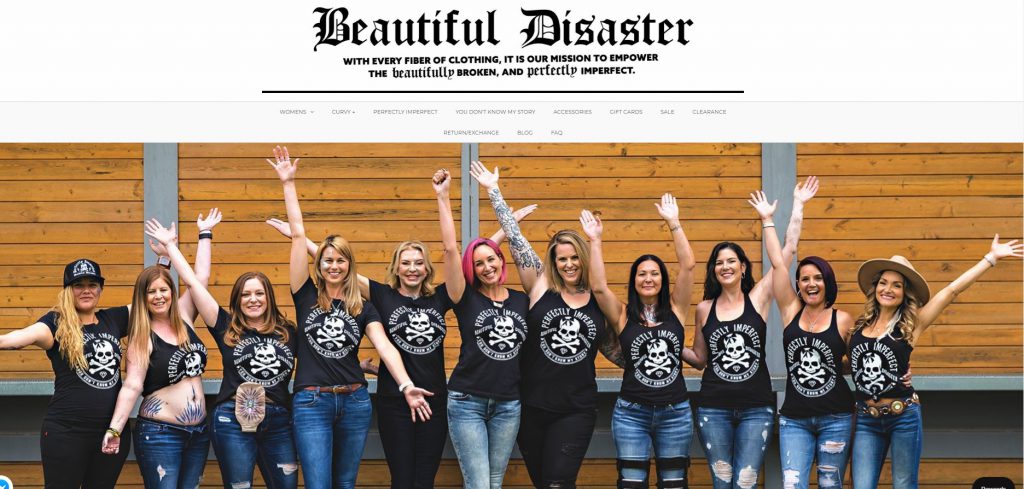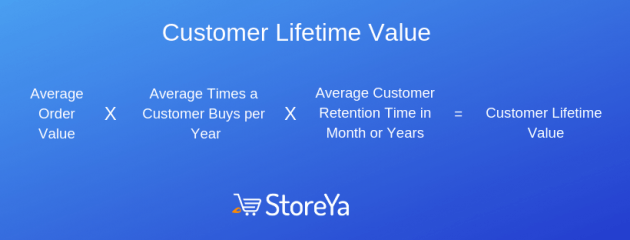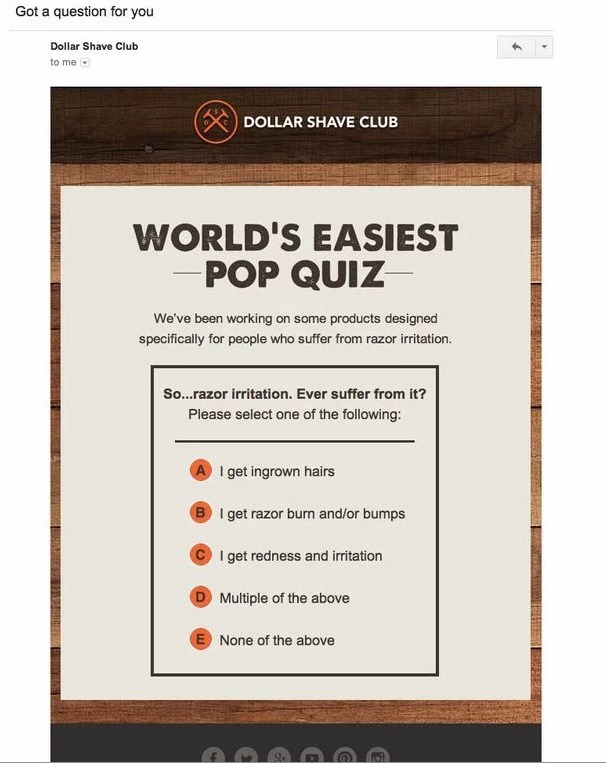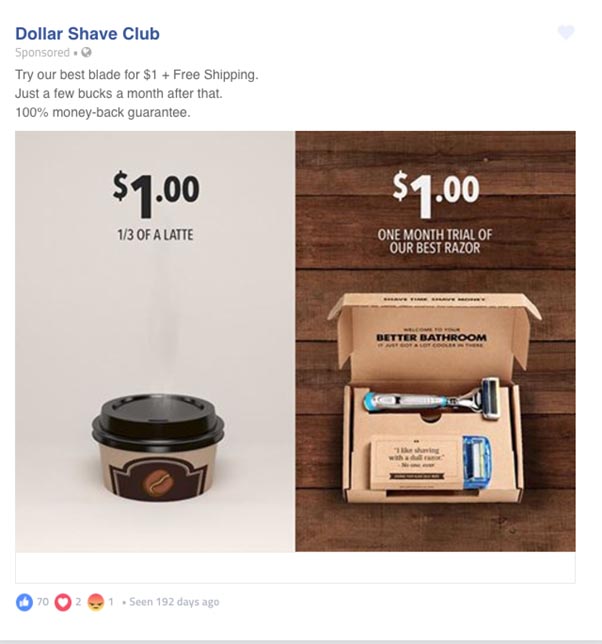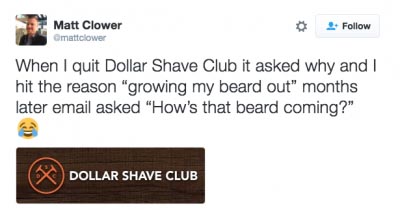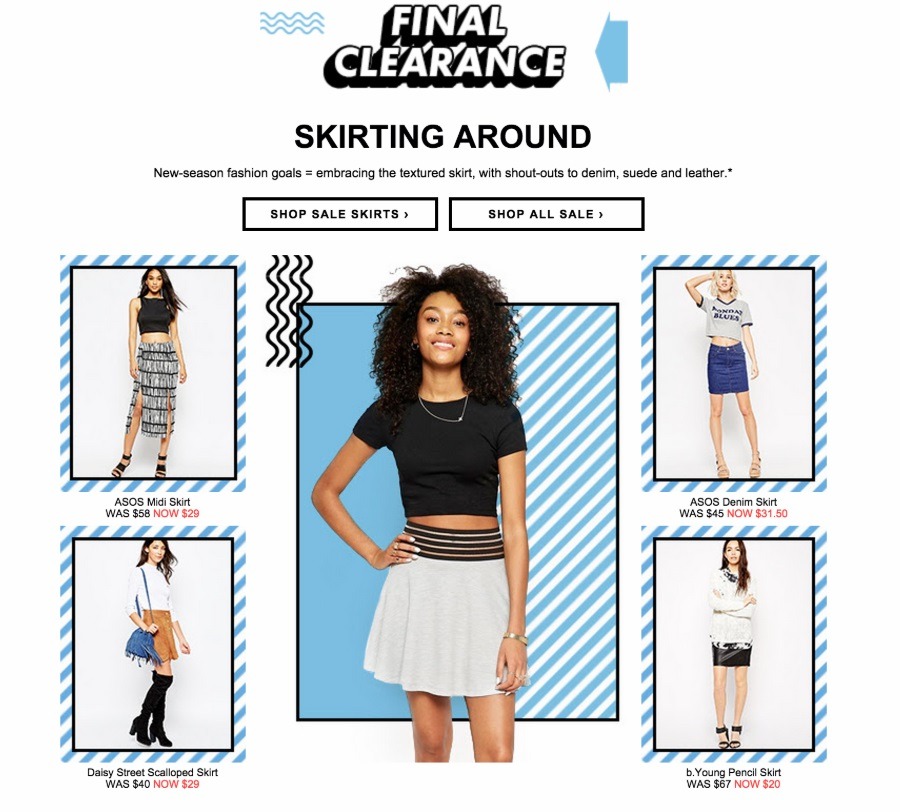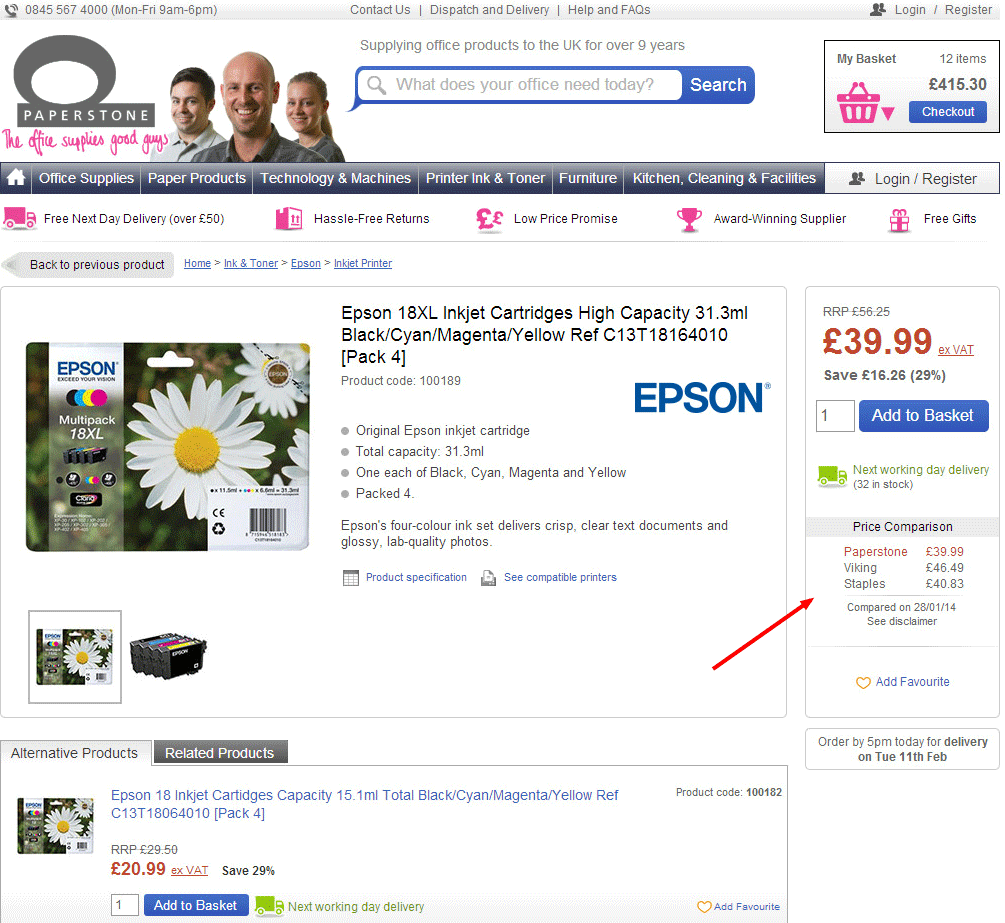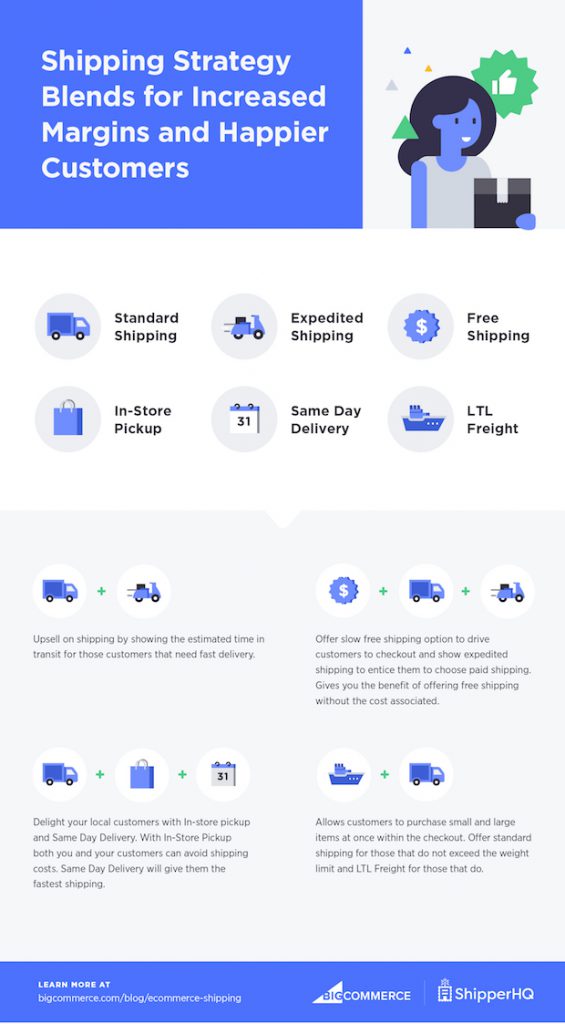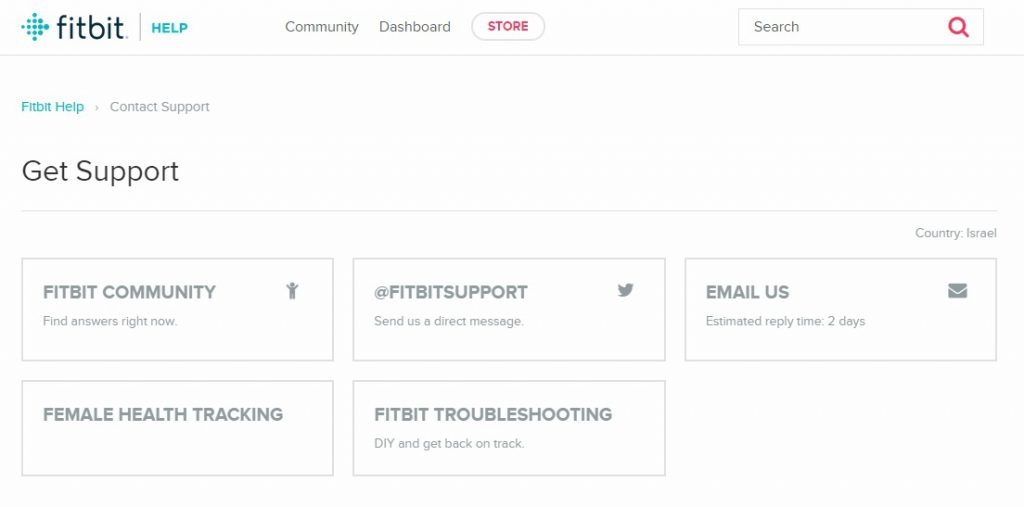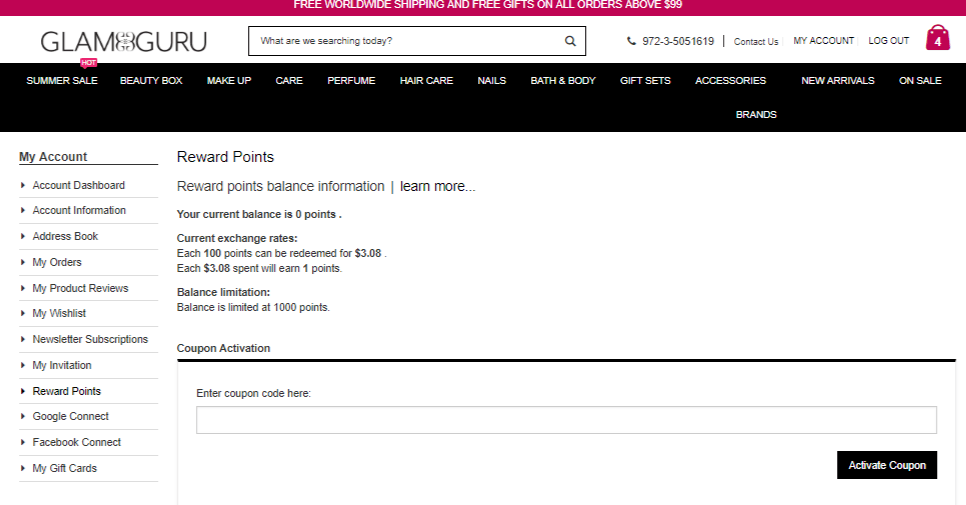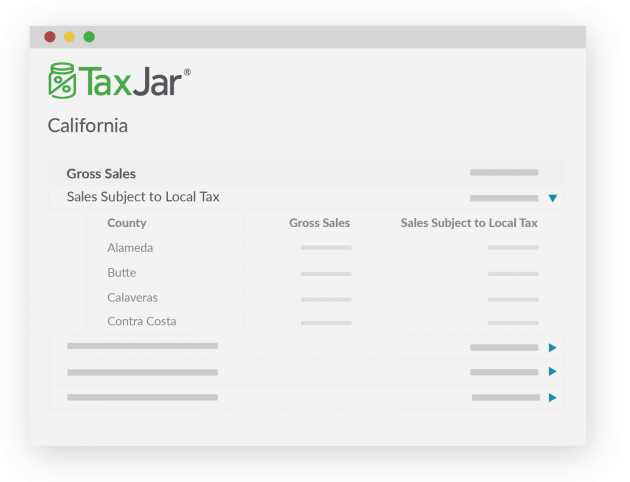We’ve shown you some of the biggest online clothing brands winning at eCommerce; it’s now time to show you how you can lay the foundations to scale your own business to reach millions in revenue.
Once you have started an eCommerce clothing brand and it’s beginning to gain momentum, it’s time to reassess your goals and plan for even more significant growth.
So, how do you scale your online store for success?
In this guide, we will show you how to grow your eCommerce business in 12 steps to help you reach 7- or 8-figure turnovers in the next year. Including:
How to Scale an Online Clothing Business
- Lay Down a Solid Foundation
- Review eCommerce KPIs and Metrics
- Set Up a Strategy to Continuously Assess Customer Satisfaction
- Spy On Your Competitors
- Prepare Inventory Management for Growth
- Upgrade Fulfillment for Increased Demand
- Scale Shipping Pricing Strategies
- Upgrade Your Customer Service’
- Scale Up Your eCommerce Marketing
- Take Your Review and UGC Strategies to Pro Level
- Set Up Backend Systems the Right Way
- Prepare for Challenges
Step #1: Make Sure Your Foundation is Solid
Before you scale up, you want to ensure that you have laid the right foundation for success.
Why?
Because without a strong foundation – which includes marketing, traffic, SEO, fulfillment, website UX and shipping strategies – you will be stuck treading water.
And you don’t want to tread water when your goal is to reach $100k in your first year.
So what’s a good foundation for an eCommerce clothing brand? Let’s dig in.
1. Having a Clear Clothing Store Brand Vision
Have you got a good understanding of your primary and segmented target markets? Do you have a good idea of who your biggest competitors are and the lay of the land in terms of market share percentage potential?
2. You’re Optimized for Your Clothing Store Model
Have you chosen a business model that allows you to scale and grow? Whether you’re a print-on-demand, private label, dropshipping or custom cut-and-sew, you want to choose based on your longevity potential.
3. Having the Right Apparel Products
Are you selling products that have growth potential? Can you expand on the categories in your niche? Have you priced products for profit growth and is there growth potential for long-term customer loyalty?
4. Website Content and Flow
You want to make sure that your site includes all the right information including perfect FAQs, that it’s optimized for eCommerce SEO traffic, it’s easy to navigate, and has an enticing home page. Additionally, you need to be selling the right products for growth, have a good pricing strategy and tools on your site – such as Coupon Pop – to capture traffic.
Visit our Online Store Feedback post for a checklist of must-have things for your online store.
5. Online Clothing Store Marketing Strategies
You need a strong marketing strategy from the get-go. Why? Because this will cement your traffic streams and help you grow. This includes strategies for the top eCommerce traffic streams:
- DIY eCommerce SEO strategy
- eCommerce blog and content marketing
- Email marketing and list-building strategies
- Google ads (including YouTube and Google Shopping)
- Facebook and Instagram
- TikTok marketing
Bonus Content: Create the perfect cross-channel strategy using Facebook and Google to drive sales.
6. A/B Testing Your Potential
This includes A/B testing your pricing, shipping fees, shopping flow, CTAs, etc. to ensure you’re optimized before you scale up for eCommerce success.
A good example of a brand that started with a strong foundation is the superstar Beautiful Disaster. They have since been able to turn their eCommerce store into a multi-million dollar business by scaling up from a solid foundation of a well-defined audience, perfectly positioned products, optimized website and invaluable traffic streams. You can read more about their secrets to success here.
Step #2: Have a Good Understanding of Your eCommerce KPIs and Metrics
Next, you will want to assess where you are in terms of your business goals and set new ones for growth. To do that, you need a good handle on your overall eCommerce KPIs and metrics for your brand, as well as for each of your sales channels. This includes the following top metrics and KPIs.
1. Retention Metrics
Your store’s retention metrics are some of the most important eCommerce KPIs for growth. Why? Because they will show you the percentage of customers who come back for more and point to your loyal customer base increases, both of which are vital to growing a successful online clothing brand. This means paying close attention to your:
- Purchase time-lapse (the length of time between purchases by a customer)
- Average CLV (Customer Lifetime Value)
- Purchase frequency
- Repeat purchases average
2. On-Site Engagement
Your on-site engagement metrics are all those stats pointing to the behavior of potential shoppers and customers on your eCommerce site. Let’s look at the top on-site metrics you want to watch and grow to help with traffic, SEO and conversions:
- New users (traffic) to your store and specific page
- Users (total traffic, including recurring and new)
- Bounce rate
- Pages/sessions, to see which pages are getting activity
- Average session duration, which shows how long searchers are spending on these pages
All these metrics will help you find weaknesses in your site’s shopping experience which, when optimized, can help increase SEO and boost sales. For example, if your checkout pages have a poor bounce rate, testing and fixing your checkout flow can help boost sales and decrease cart abandonment.
3. Potential Shopper Reach
Are you reaching enough new potential shoppers to bring into your sales funnel? You can have the best conversion strategies in place, but if you are not bringing in heaps of new potential shoppers to convert, it’s moot.
This means assessing where your traffic is coming from and which channels you need to invest more in. This can include reach from:
- YouTube
- Google ads
- Facebook ads
- SEO
- Content marketing and blog traffic
- Influencer marketing
- Email marketing and subscribers
- Affiliate performance rates
4. Profits and Costs
Lastly, you want to look at your cost and revenue metrics to make sure you’re within your goal and are making enough profit to match your long-term growth potential. This includes:
- Sales
- Conversion rate
- CAC (Customer Acquisition Cost)
- Gross profit
- Number of transactions
- Churn rate
- Competitor pricing
- Total market available
- Average order size
- Cart abandonment rate
- Margin average
- RPV (Revenue Per Visit)
You can read more about eCommerce KPIs for eCommerce growth here.
Step #3: Set Up a Strategy to Continuously Assess Customer Satisfaction
One of the key elements of growing a successful apparel eCommerce business is having a strategy that continuously assesses your customers’ satisfaction and your market’s pains and needs.
While your customers are the best source of feedback you have when growing your business, the pains your potential shoppers have that your competitors aren’t answering shine a light on market gaps you could be capitalizing on with new product categories, different marketing messaging or SEO search loopholes.
So how do you set up a system to monitor your customers’ and competitors’ customers’ satisfaction?
A customer satisfaction strategy!
Here are some suggestions of what your strategy should include:
- Set up automatic emails to get feedback from your shoppers once their product arrives
- Plan quarterly surveys with incentives, using tools such as Google Forms or SurveyMonkey
- Follow your biggest competition’s emails and social accounts
- Set up Google Alerts for your competitors’ names, backlinks and keywords or use tools like Mention
- Continuously assess price vs. value of your products
- Consider implementing a virtual phone number to gather customer feedback and address inquiries more efficiently to help enhance your customer satisfaction strategy.
Bonus Content: How to Perfectly Price Your Products
A brand that has nailed this is Dollar Shave Club. Not only do they use simple tools to get feedback from their shoppers, but they also display the feedback proudly.
They then use the pain points potential customers have in their marketing and social engagement, having amazing results.
After five short years, this brand now has an advertising budget of a whopping $140 million.
Step #4: Spy On Your Competitors
It’s not just your competitors’ customers’ needs you want to keep an eye on.
You want to monitor their products, pricing, categories, content marketing and social media game. No, this isn’t about just blindly following what they are doing. If you want to scale your online clothing store to success, you need a way to stand out and be unique in your market; and the only way to ensure you are doing this is by knowing the lay of the land.
Bonus Content: 13 Tools & Hacks to Spy on Competitors
A good example of an eCommerce brand that was able to get an edge over its competitors is ASOS. Using their competitive market data, they were able to develop four main tactics to stand out, including:
- Reaching more shoppers by using general hashtags for mass appeal targeting
- Creating their own branded fashion magazine
- Offering exclusive discounts through Twitter
- Providing newsletter sales announcements that feel exclusive
Another great example of using one’s competitive advantage to increase business is Paperstone. They were able to increase their sales by 10.67% by simply adding a product page comparison table to show that their prices are lower.
Pro Tip: Another way you should be spying on your biggest competitors is looking at their traffic sources. You can do this by setting up alerts so that you can see what keywords they are ranking for, and monitoring their eCommerce backlinks.
Step #5: Prepare Inventory Management for Growth
According to Magecloud, a whopping $634 billion a year is lost by companies having items go out of stock and $472 billion from overstocking items.
Companies worldwide lose $634 billion a year from items that aren’t in stock and $472 billion from overstocking items.
As you grow, you need to make sure you have enough products to grow with. This means maintaining optimal inventory quantities, which allows for growth without tying your budget into unmoving stock. To scale up, you need to assess these important things at least once a quarter:
- Your current product demand and how quickly it’s selling
- The time it takes for you to refill inventory
- Your growth/sales goals
Knowing this data in real-time will enable you to quickly adapt to market and demand changes and increase sporadically. But how do you determine what your demand will be in the future? To continuously forecast your demand, you should be:
- Looking at expected seasonal spikes
- Watching product trends
- Planning for sales spikes from additional promotions or campaigns
Once you know what your demand is and your estimate of what it will be, you need to ensure your inventory management systems are optimized for the fluctuations. If you’re selling on more than one channel, then tools like ChannelAdvisor and Sellbrite are essential to being able to integrate and management on large scales across various channels.
Step #6: Upgrade Fulfillment for Increased Demand
Is your current fulfillment strategy set up to accommodate the extra demand that scaling your clothing store would bring?
If you aren’t running a successful print-on-demand clothing store or outsourcing your fulfillment, then you will need to ensure you are able to process and package your orders.
For the latter, that means keeping your inventory of boxes, wrap, tape, etc. on par with your forecasted demand as laid out in the above point. The most critical question you want to ask yourself is,
Should I do my own fulfillment or use a fulfillment service?
Ultimately, you need to decide what the most efficient fulfillment strategy will be, to ensure you can grow with your scaling business. You can do this yourself manually, or automatically with tools such as Shippo and Easyship – or you can use a service that handles your whole fulfillment process for you, with tools such as Fulfillify, ShipMonk or Printful.
If you’re using a third-party fulfillment service, you will need to assess how you will ship your products to their warehouses. And if you are fulfilling your own orders, you will need to streamline your shipping for growth as well.
Step #7: Scale Your Shipping Pricing Strategies
Are you equipped to create and print shipping labels for all the extra orders you will be getting? Will you be shipping in batches or every day? If you’re an established store looking to scale up, then the answer to the latter will probably be ‘every day.’ But that’s only the tip of the iceberg; what about your shipping cost strategies?
We know how important a streamlined shipping strategy is to eCommerce. Whether you’re offering tiered shipping pricing or free shipping, you want to establish a good baseline for your store before you shoot to 7 figures.
Newbie Tip: To find your baseline, you want to test a minimum spend threshold, free shipping in its, free shipping on certain products, or shipping incentives as a promotion – all to find the right strategy that converts your desired audience. You also want to do proper research on your shipping costs. Try USPS – Shipping Calculator and FedEx – Shipping Calculator to get you started.
You will then also need to test and adjust this as your clothing brand grows. This will ensure you are able to tweak your shipping strategy so that it is increasing your conversions and average order values while improving efficiency, decreasing costs and cementing your market share.
In short, as you scale up your business, you will need to get creative with your shipping strategies to ensure you are meeting your long-term profit and growth goals. Here are a few examples to get you started:
Step #8: Upgrade Your Customer Service
Now that your store is ready for an increase in traffic, your growth goals are in place, you have a good plan for increased fulfillment and your shipping strategies are optimized, it’s time to upgrade your customer service.
Why?
Because a solid, effective customer service strategy is essential to building a brand, turning one-time customers into loyal shoppers and being able to increase market share over your competitors.
To scale your way to the big leagues, one email address is not going to cut it. You need to be engaging with potential shoppers and customers across all platforms, including your website, email, social, Messenger and more. And you want to do all this as personalized as possible!
In short, you need to go above and beyond with your customer service to stand out, not only to boost sales but to make sure those sales result in repeat business – repeat business that grows your loyal customer base, which is essential for being able to scale up your online clothing store.
So, how do you ensure that your customer service is geared for success?
First, I strongly suggest that you invest in a useful customer service tool such as Zendesk or Helpdesk. This will streamline the backend of your customer service and ensure you are efficient across all channels. Then, you need to be sure you are available on the channels that are most convenient for your shoppers, such as:
- Online chat
- Messenger
- Instagram DMs
- Social commenting sections
- Text
- Phone number
The thing about good customer service is that in the event of a product malfunction – for example – customer service can save a brand’s image, despite any mistakes or confusion it has caused. Here are two real-life examples I experienced in the last couple of months. Neither of these are clothing brands. However, they are big names and their approach is relevant to all eCommerce niches.
Brand #1 Customer Service Example
A fitness tracker I had bought less than a year ago malfunctioned. Even though I did not buy it directly from the brand (buying from a third-party seller), I got in contact with the brand within the hour of it happening, through their online chat.
The process was seamless.
Within 5 minutes they had ascertained the problem, confirmed the purchase and agreed to replace the device – moving me onto email to facilitate this.
There, they confirmed my details, sent me a shipping label to courier the device back to them for free and were in constant contact until the new device was delivered.
By the time I got it, the fact that the malfunction happened had no impact on my brand impression. Instead, I was so impressed that I perceived the brand better than when I had bought the tracker. Can you guess the brand? Yes, FitBit! #FanForLife
Brand #2 Customer Service Example
The next issue I had was with a digital product – a storage drive. Despite being one of the biggest brands out there, I had to search for over an hour through their help section to eventually find their online chat and email.
It took five chat conversation with different people, three emails – one to a manager – and a call appointment (all over three days) for them to understand the issue I was having.
The problem here was outsourced customer service personnel who are compartmentalized. Meaning they had a set of questions and answers they were following, without reading clearly what was being explained.
A simple question – which could have been answered in five minutes if someone had been able to clearly read the whole issue, not just look for keywords and send automatic answers – ended up taking close to five hours in chat time.
Although the issue was much smaller than the first brand, I walked away annoyed and frustrated and have started researching new product options from their competition.
So, which brand do you want to be?
The ROIs on good customer service may seem immeasurable on the surface, but when you look at the full picture, it’s a vital determining factor for the growth of your online store.
Bonus Content: A clothing brand kicking customer service and personalization butt is Glam Guru. Read all about how they personalize their customer service in this interview.
Step #9: Scale Up Your eCommerce Marketing
Now that you’re prepared for more customers and more sales, it’s time to upgrade your marketing to ensure your traffic streams are optimized for steady, increasing growth.
First, ask yourself – what traffic channels are you using now and which have the best ROIs? This will help you gauge which channels you need to tweak for improvement and point to those channels successful in attracting your ideal shoppers that you can scale up.
Then, you want to break each traffic stream down to look at which products are doing better on which channels and how the traffic behaves when it gets there – are they clicking your ad and then straight out again or are they making it all the way to checkout?
A scalable eCommerce traffic strategy should include the following channels and eCommerce ad campaign types:
- Google Ads for eCommerce retailers
- Best Facebook Campaign for eCommerce
- Instagram Ads and Sponsored posts
- Tik Tok Ads
- Microsoft Ads for eCommerce
It’s important to remember that each channel will come with its own scaling challenges.
An excellent example of a brand killing it at marketing that has resulted in unprecedented growth is Supreme. How successful is this brand? According to a Sumo case study, the founder, James Jebbia, now as a net worth of over $40 million.
The study goes on to outline how they were able to dominate their market by using a number of marketing tactics, including:
- Using scarcity to increase the value of their brand
- Creating viral appeal through online communities and influencers
- Supplying products that have viral appeal
- Being able to hack various social platforms like Reddit, speaking their customers’ language, and pushing human-human engagement
- An optimized web store that is as original as their brand
- Taking all of the above to create email marketing that people are actively waiting for
- And finally, because of their power, celeb influencer endorsement to drive their brand scarcity home
You can read the full Sumo study here.
Pro Tip: As your business grows, so will the number of products and Google and Facebook segmented campaigns you will need to grow traffic. Staying on top of these campaigns to ensure they are optimized for performance (good ROIs) can get hairy.
Why not outsource this to the experts?
With Traffic Booster, you get the best results on autopilot, leaving you time to deal with all the other areas of eCommerce growth while you generate heaps of targeted traffic.
Here are some marketing scaling guides to get you started:
- How to Leverage Facebook and Instagram to Scale a 7-Figure Business
- Ultimate Guide to Improving Facebook Ad Performance
- How to Scale A Facebook Ad Campaign [Video]
- 9+ Must-Track eCommerce KPIs to Ensure Google Ads Success
Step #10: Take Your Review and UGC Strategies to Pro Level
Want to know what every one of our successful online clothing stores have in common? A comprehensive, creative review UGC strategy that builds trust, establishes branding and grows loyalty. If you want to duplicate their success, scaling your UGC strategies to pro-level, you should have at least one of the following strategies.
1. Brand Advocates Program
Brand advocacy programs are UGC on steroids. They don’t just build trust, but can have considerable – positive – effects on your reach and set you apart in even the most competitive niche. Great examples of successful programs include Glam Guru’s extensive influencer and reward programs and Sephora’s free rewards program.
2. Review and Testimonial Mine and Leverage
We already touched on how powerful displaying customer reviews and product testimonials can be for online store growth. However, this is not the only place you can use them. You can also use that feedback data to improve the operational side of things and research new product ideas. Additionally, product reviews can be used in your marketing campaigns or form part of your influencer marketing strategies.
For more on getting creative word-of-mouth marketing strategies to help grow your business, visit our WOMM guide.
Step #11: Have Your Backend Systems in Place
This may not be the sexiest step to scaling your online clothing business, but it’s both essential and often overlooked. As your business grows, you need to make sure you are staying on top of all the backend admin of your business, which includes your accounting and taxes.
The thing is, you can spend a year boosting sales, growing your business and pushing to that profit goal, but if your expenses aren’t up-to-date, you could be running at a loss and not even know it!
Bonus Content: Looking for more tools to streamline your growing eCommerce business? Here are 60+ top eCommerce tools, apps and resources to get you started.
To do this, you want to integrate your online store with an accounting program for easier real-time tracking, record all your revenue and expenses, and review your totals regularly. You also need to budget for your forecasted growth and demand to make sure you have enough expense budget for increased product manufacturing, marketing and new product launches. Also, don’t forget your task management tools to help with the extra work and projects involved with growing your online fashion brand.
For a complete list of accounting and admin tools for eCommerce, click here.
Bonus Content: Dominate Your eCommerce Sales with These Best Shopify Apps.
Step #12: Look to the Future and Prepare for Challenges
Lastly, as you grow your business, you WILL face challenges along the way. It’s an inevitable part of an eCommerce entrepreneur growing a successful online fashion brand. The key to successfully scaling your business is planning for your future by preparing for all the possible challenges you could face. This includes potential supplier issues, increasing your outsourcing or growing your in-house staff, dealing with negative reviews, staying on top of PPC campaigns in real-time (tweaking for optimum results), and dealing with sales plateaus or market declines.
Here’s the thing, though: even with all that planning, you can expect unexpected issues along the way. But if you anticipate some of the biggest challenges almost every online seller faces, you can get ahead of most of them. These include:
- Driving consistent traffic to your store
- Staying motivated
- Timeously changing with the market
- Dealing with products that fail
- Having the right knowledge at your disposal
- Knowing how to avoid spinning out of control when growing your business
To read more about these challenges and all the tools and strategies you need to overcome them, visit our Top Challenges for eCommerce Entrepreneurs post.
Final Thoughts
There you have it, 12 steps to scale an online clothing business to build a highly successful brand that is continuously growing.
Every market, brand, audience, and niche are unique, and like with any marketing, there is no one-size-fits-all.
So before implementing any new strategy or step, make sure that you test, tweak and test again until your find the optimal ROAS and growth.
If you’re new to eCommerce, visit our beginners’ guide to starting your own online fashion brand. And remember: if you have questions, you can post them in the comments below and I will get back to you!
Happy selling!
Pro eCommerce PPC and Social Media Marketing Tip: It is time to automate your digital marketing including TikTok ads, Facebook ads for eCommerce, and Google Ads campaigns from one place!
Traffic Booster is the only eCommerce-focussed full PPC management software that will create, manage and optimize your campaigns in real-time to peak performance. It is far more than just an alternative to WordStream, offering machine-learning campaign optimization and marketing expert assistance. You can find out more about choosing the right plan to suit your budget and business needs, here.

Nicole is a content writer with over sixteen years experience and flair for storytelling. She runs on a healthy dose of caffeine and enthusiasm. When she's not researching the next content trend or creating business content strategies, she's an avid beachgoer, coffee shop junkie and hangs out on LinkedIn.
Recommended articles
 Facebook Ads for eCommerce: 16 Strategies, Examples & Tips
Facebook Ads for eCommerce: 16 Strategies, Examples & Tips
 How to Build a Winning eCommerce Ads Strategy
How to Build a Winning eCommerce Ads Strategy
 Google Ads for eCommerce: Everything You Need to Know
Google Ads for eCommerce: Everything You Need to Know
 10X Your Traffic with PPC Management Software
10X Your Traffic with PPC Management Software
Comments
Powered by Facebook Comments

